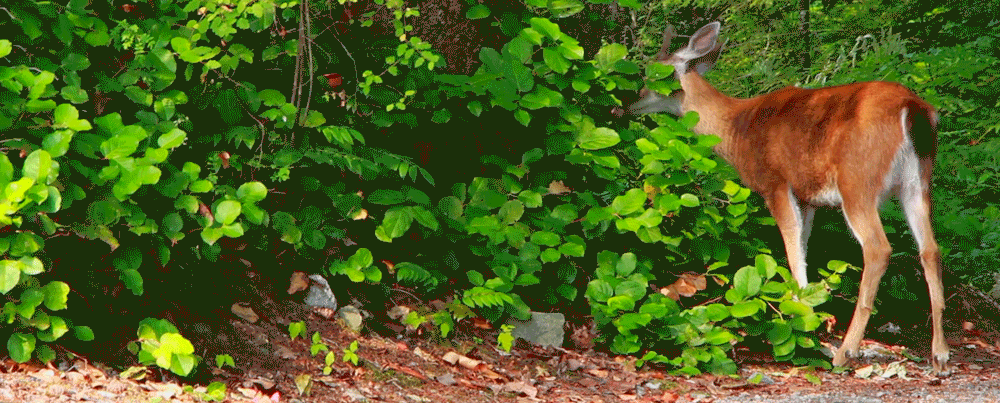

Overview
Forest vegetation and associated resources are a high-priority vital sign.This program monitors the composition and structure of park forests, and collects data for assessing forest soil condition, impacts of white-tailed deer herbivory, and land cover. Appalachian Trail Forest MonitoringThe region through which APPA passes is predominantly forested and key stressors of these resources include land use change and habitat fragmentation on lands adjacent to the Appalachian NST corridor, nonnative species, visitor usage, wet and dry deposition, and climate change. NETN has developed a data acquisition protocol using plot-based data collected by the US Forest Service’s Forest Inventory and Analysis Program (FIA) to track the overall condition of forest resources along the Appalachian Trail. Managing Resilient Forests Initiative. An I&M Approach.Forests in NPS Region 1 are in Peril. Tens of thousands of acres in eastern national park forests face a range of interacting stressors including pests and pathogens, invasive plants, over-abundant white-tailed deer, changing climate conditions, and more. This article series explores how park managers can work together to manage and mitigate the many issues parks face today and into the future. NETN Forest Health Monitoring MaterialsSource: NPS DataStore Saved Search 1119. To search for additional information, visit the NPS DataStore. Source: NPS DataStore Saved Search 1740. To search for additional information, visit the NPS DataStore. Source: NPS DataStore Saved Search 1451. To search for additional information, visit the NPS DataStore. Source: NPS DataStore Saved Search 2267. To search for additional information, visit the NPS DataStore. Source: NPS DataStore Saved Search 2440. To search for additional information, visit the NPS DataStore. Source: NPS DataStore Saved Search 2269. To search for additional information, visit the NPS DataStore. Forest Health Monitoring Videos and Maps
Visit our keyboard shortcuts docs for details
Invasive plants and animals can disrupt ecosystems even in highly protected National Parks. Learn how parks are taking action with help from Inventory & Monitoring as the first alert to new pests and with Exotic Plant Management Teams that tackle invasive species treatment and removal.
Visit our keyboard shortcuts docs for details
How forest monitoring in eastern national parks helped reveal issues with long-term forest sustainability, and the successes parks have had in addressing the issue at Gettysburg National Military Park, Rock Creek Park, and Catoctin Mountain Park. Forest Health Monitoring Sites for Participating ParksStaff Contacts for Long-term Forest MonitoringProgram Manager: Aaron WeedPlant Ecologist: Kate Miller Data Manager: Adam Kozlowski Biological Technician (vegetation): Camilla Seirup |
Last updated: September 17, 2025
